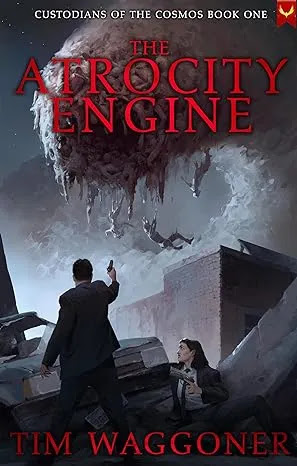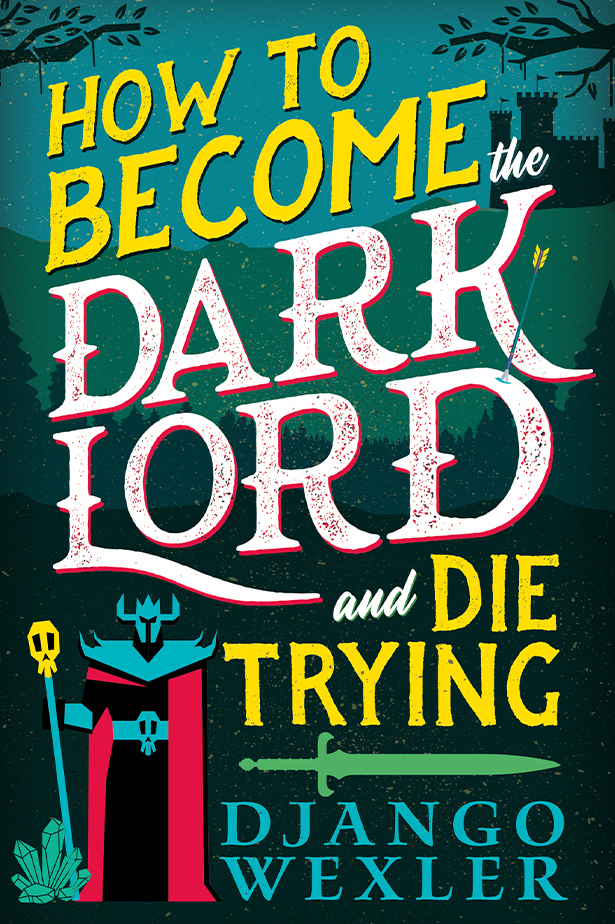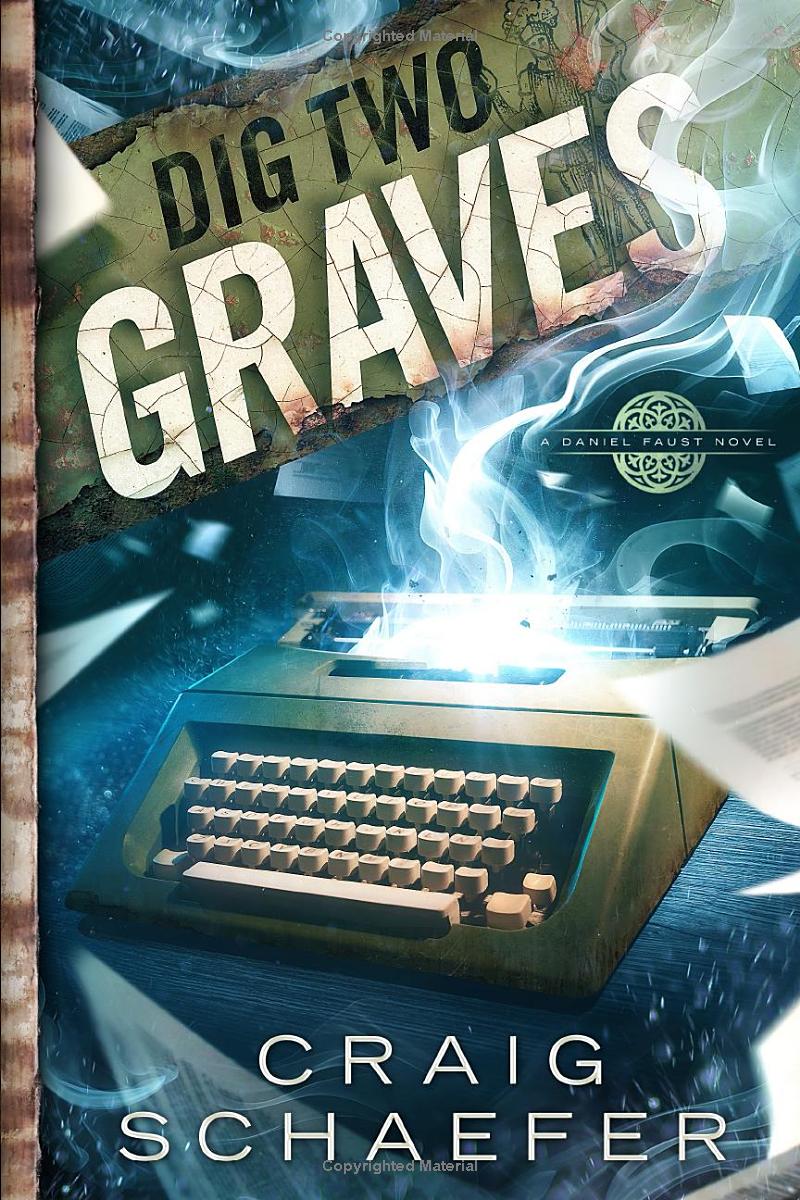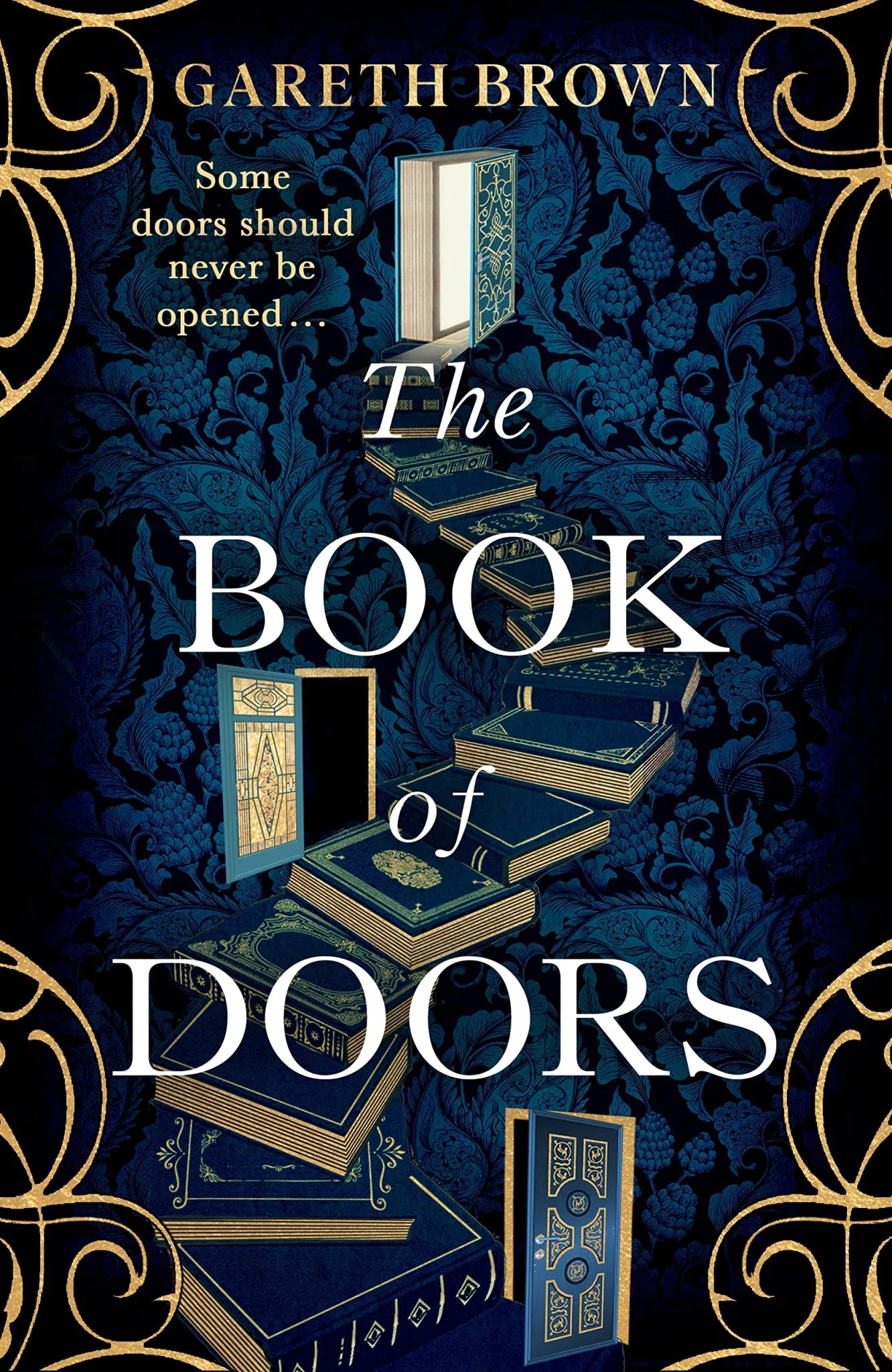Blog Listing
- @Number71
- Beauty In Ruins
- Best Fantasy Books HQ
- Bitten By Books
- Booknest
- Bookworm Blues
- Charlotte's Library
- Civilian Reader
- Critical Mass
- Curated Fantasy Books
- Dark Wolf's Fantasy Reviews
- Everything is Nice
- Falcata Times
- Fantasy & SciFi Lovin' News & Reviews
- Fantasy Cafe
- Fantasy Literature
- Gold Not Glittering
- GoodKindles
- Grimdark Magazine
- Hellnotes
- io9
- Jabberwock
- Jeff VanderMeer
- King of the Nerds
- Layers of Thought
- Lynn's Book Blog
- Neth Space
- Novel Notions
- Omnivoracious
- Only The Best Science Fiction & Fantasy
- Pat's Fantasy Hotlist
- Pyr-O-Mania
- Realms Of My Mind
- Rob's Blog O' Stuff
- Rockstarlit Bookasylum
- SciFiChick.com
- Smorgasbord Fantasia
- Speculative Book Review
- Stainless Steel Droppings
- Tez Says
- The Antick Musings of G.B.H. Hornswoggler, Gent.
- The B&N Sci-Fi & Fantasy Blog
- The Bibliosanctum
- The Book Smugglers
- The Fantasy Hive
- The Fantasy Inn
- The Nocturnal Library
- The OF Blog
- The Qwillery
- The Speculative Scotsman
- The Vinciolo Journal
- The Wertzone
- Thoughts Stained With Ink
- Tip the Wink
- Tor.com
- Val's Random Comments
- Voyager Books
- Walker of Worlds
- Whatever
- Whispers & Wonder
Blog Archive
-
▼
2024
(112)
-
▼
July
(17)
- Interview: Adam Weller chats with Mike Shackle Abo...
- Review: The Ashes and the Star-Cursed King by
- Book review: Murder on Hunter’s Eve (The Lamplight...
- Echo of Worlds by M. R. Carey (Reviewed by Shazzie)
- Review: The Hunter's Gambit by Ciel Pierlot
- Book review: Between Dragons and Their Wrath by D...
- FBC's Critically Underrated Reads
- The Spellshop by Sarah Beth Durst (Reviewed by Sha...
- SPFBO X Interview: Ciara Hartford, the Author of T...
- Review: The Price of Redemption by Shawn Carpenter
- Graphic novel review: Curse Words by Charles Soule...
- Review: The Dead Cat Tail Assassins by P Djèlí Clark
- Run by Blake Crouch (reviewed by Adam Weller & Mih...
- EXCLUSIVE COVER REVEAL: DANCE OF SHADOWS by Gourav...
- SPFBO X: The Second Culling & Semi-Finalist Update...
- Chapter One Excerpt: The Doors of Midnight by R.R....
- Review: The Sky on Fire by Jenn Lyons
-
▼
July
(17)
Interview: Adam Weller chats with Mike Shackle About His Fantasy Horror Serial The Witchfinder Chronicles
Mike Shackle’s What Evil Lurks is the first entry of the fantasy horror serial “The Witchfinder Chronicles” and is set during the reign of Queen Elizabeth I. Lord Jon Willem Legray, Witchfinder General under the Queen, is a veteran of decades of monster slaying throughout 16th century England.
Official Author Website
Buy The Ashes and the Star-Cursed King
Book review: Murder on Hunter’s Eve (The Lamplight Murder Mysteries #3) by Morgan Stang
ABOUT THE AUTHOR: Morgan Stang lives in the humid part of Texas. He graduated from the University of Houston with a BBA. By day he works in accounting and by night he sleeps, and sometime in between he writes in a wide variety of fantasy genres, ranging from dark fantasy (The Bartram's Maw series) to gaslamp murder mystery (The Lamplight Murder Mysteries) to cozy fantasy (The Bookshop and the Barbarian). He is a fan of all things nerdy, and lives with an immortal ball python.
Publisher: Morgan Stang Length: 398 pages Formats: ebook, paperback
Echo of Worlds by M. R. Carey
Buy Echo of Worlds here - U.S. | U.K.
FORMAT/INFO: This title was published by Orbit Books in June 2024, in hardback, ebook, and audio formats. This is the concluding book in the Pandominium Duology.
Buy The Hunter's Gambit
FORMAT/INFO: The Hunter's Gambit was published on June 25th, 2024 by Angry Robot. It is 400 pages long and told in third person from Kazan's point of view. It is available in paperback and ebook formats.
Book review: Between Dragons and Their Wrath by Devin Madson (reviewed by Adam Weller)
Book Review: The Spellshop by Sarah Beth Durst
Official Author Website
Buy The Spellshop here - U.S. | U.K.
FORMAT/INFO: This title was published by Pan Macmillan in the U.K. in July 2024, and by Bramble in the U.S. in July 2024.
Official Author Website
Buy The Price of Redemption
FORMAT/INFO: The Price of Redemption was published by Saga Press on July 9th, 2024. It is 368 pages long and told in third person from multiple POVs including Enid. It is available in paperback, ebook, and audiobook formats.
OVERVIEW/ANALYSIS: Fleeing a homeland gripped by revolution, sorceress Marquese Enid d'Tancreville fears all is lost when her ship is captured by another bearing the flag of a Theocratic Confessor. But a third ship under the command of the Albion navy saves her, giving Enid a surprising opportunity: she can join their crew and fight back against the revolutionary forces that have killed everyone she cares about. Enid's never sailed before, but she'll have to learn quickly if she's to use her magic to aid the ship on a dangerous mission in enemy waters.
The Price of Redemption is a fantasy book in the vein of Master and Commander that fails to do anything interesting with its fantasy elements. I'm perplexed why the author didn't simply make this a historical fantasy novel; as it is, he instead simply took the map of Europe and slapped new names on all the countries. But in doing so, the author didn't create anything new out of these countries. I can't tell you anything about their history or culture that distinguishes them from their English or French counterparts. Even the Theocratic Revolution is just the French Revolution by a different name.
By going to the effort of creating fictitious countries, the author has set the expectation that this world operates differently than our own, and that magic is integral to how it functions. Instead, were I to remove every element of magic from the book, 90% of the story would carry on as if nothing were missing. If this had been a historical fantasy set in Europe during the 1800s, my expectation for world-building would have been considerably lower, and the low magic setting would have fit right in. Instead, the author spends more time talking ABOUT magic than in actually USING the magic.
Much of this could be forgiven if the nautical side of things had held my attention. I came to this story ready to love an old-fashioned adventure; I was raised on Horatio Hornblower TV movies and have read my fair share of 18th and 19th century authors. Unfortunately, I found the overall story itself to be incredibly slow, more interested in explaining how ships work and the hierarchy of naval ranks than in actually moving the story forward. There are a few naval actions which are engaging in and of themselves, and I did like the overall atmosphere of the story. This is a rare occasion where I can say that if this novel had been trimmed down to a novella, I may have ended up liking it considerably more.
I do want to applaud the author for making this a gender equal society, where women serve on ships alongside men without any comment at all. But again, the author strangely undercuts himself with how his male characters react to the female lead character. For the first half of the book, not a single man can have an interaction with the female lead without ogling her or making a remark about her elegant neck or having internal thoughts about her scent. This constant objectification was off-putting to say the least.
CONCLUSION: Those who have a strong love for 18th and 19th century naval traditions may find themselves liking The Price of Redemption considerably more than me. While I did appreciate the atmosphere and tone it was trying to recreate, it ultimately muddied the waters by adding fantasy elements to the world that just didn't aid in the story the author was trying to tell. The result is that The Price of Redemption is an unfortunate miss for me in every way, making it a hard book to recommend.


.jpg)












